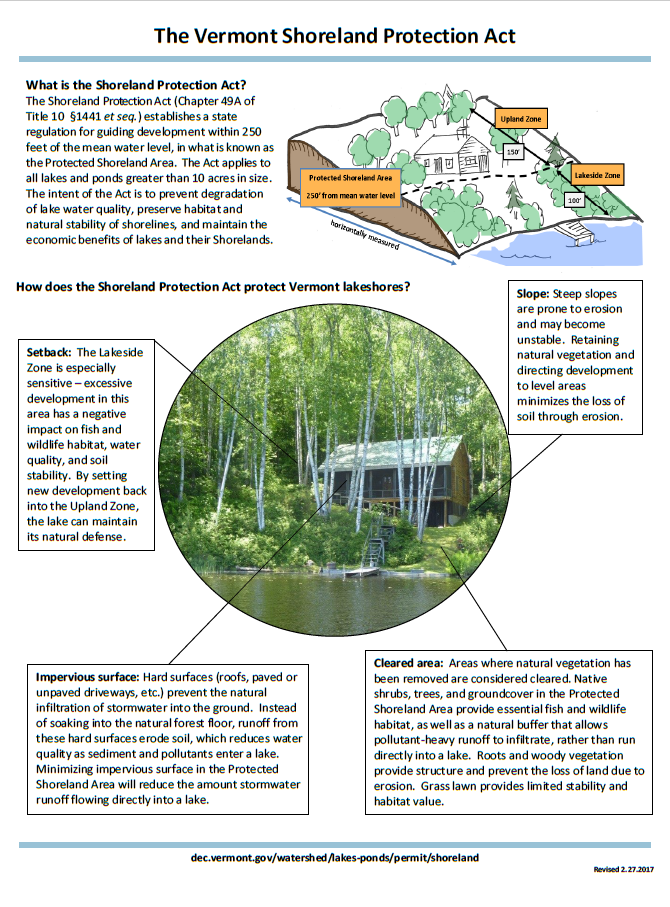What Does Shore Protect Team Do?
Wiki Article
Shore Protect Team Fundamentals Explained
Table of ContentsThe Greatest Guide To Shore Protect TeamThe 8-Minute Rule for Shore Protect TeamThe Buzz on Shore Protect TeamThings about Shore Protect TeamGetting The Shore Protect Team To WorkGetting The Shore Protect Team To WorkShore Protect Team for Beginners
Decrease in building value: As the location tourism is affected by disintegration, so after that is the economy. Buyers are less likely to search for a coastline house that could be ruined anytime by the upcoming flooding and erosion emergency. Consequently, property worth can go down tremendously and influence the entire area.Whether a coastline is simply tiny and jampacked or has to shut completely for the safety and security of the community and close-by homes, this greatly influences tourism. Subsequently, regional economies are influenced (https://anyflip.com/homepage/zbijn#About). Risk of injury: The enhanced threat of flooding and structural failures triggers a raised threat of injury to neighboring tourists and area members

Coastline stabilization is directly associated to their task. Beachfront hotels: Due to the fact that coastline disintegration impacts tourism, it affects the success of waterside resorts.
The Basic Principles Of Shore Protect Team
This eventually causes closures and abandoned beachfront properties. Coastal industrial companies: No visitors suggests no service. For those organizations dealing with locals, their home goes to threat of damages from erosion and flooding. Coastal state parks: State parks that exist along coasts go to danger of damages. Not only to the manmade frameworks and homes on site, however additionally to the all-natural environments that exist within.Soft stablizing is a better service for the atmosphere and even more lasting overall. Tough stabilization makes use of man-made structures as protection to control erosion. Usually, these structures are set up at ideal angles or parallel to stop sand movement and minimize the pressure of waves. A lot of kinds of tough stablizing like seawalls and sheet metal are not perfect for coastline stablizing.
Shore Protect Team Can Be Fun For Everyone
There's additionally inadequate evidence of their efficiency relying on the kind of coastline and neighborhood problems. Tough stabilization techniques tend to be extra tough to set up and don't match the natural aesthetic, standing out like an aching thumb and damaging local ecological communities in numerous circumstances. Coastline nutrients is the procedure of adding shed sand and sediment back to coastlines after erosion has actually happened.TrapBags aid in the procedure of coastline nutrients by shielding natural ecosystems and enabling plants to expand. While this process can be costly and is not irreversible, the pros have a tendency to surpass the cons. TrapBag obstacles deal numerous buildings that make them suitable for coastal and riverbank disintegration protection. They're: Ecologically pleasant: You can utilize native soil both to border and to load the TrapBags.

Shore Protect Team Can Be Fun For Anyone
Easy to mount: Ease of setup means TrapBags can be released swiftly in the event of an emergency. They can additionally be set up without any kind of heavy machinery. Inexpensive: TrapBags are perfect for both tiny and big areas of coastline. They offer an economical solution to cover jobs of any dimension.The appropriate seawall design depends on location-specific facets, including surrounding erosion processes. There are 3 main types of seawalls: vertical, rounded, tipped, and mounds (see table listed below).
All-natural obstacles, such as reef and mangrove woodlands, protect against the spread of tsunamis and the flow of coastal waters and minimized the flood and surge of water. A cost-benefit approach is an efficient way to identify whether a seawall is suitable and whether the benefits are worth the expense.
The Main Principles Of Shore Protect Team
A seawall is a fixed function which can clash with the vibrant nature of the coast and impede the exchange of debris in between land and sea. The table below sums up some favorable and negative results of seawalls which can be made use of when contrasting their performance with various other coastal administration options, such as beach sustenance. [] Advantages and drawbacks of seawalls according to Short (1999) Benefits Downsides Long term solution in contrast to soft beach nourishment.
This can create beaches to dissipate, rendering them ineffective for beach goers. Normally, seawalls can be a successful way to regulate seaside disintegration, yet only if they are built well and out of products that can stand up to the pressure of recurring wave power. Some understanding is needed of the coastal processes and morphodynamics certain to the seawall area.
The Ultimate Guide To Shore Protect Team
The suitable seawall style depends on location-specific aspects, consisting of surrounding disintegration processes. There are 3 main kinds of seawalls: upright, curved, tipped, and mounds (see table listed below). A report released by the United Nations Environment Program (UNEP) suggests that the tidal wave of 26 December 2004 triggered much less damage in the areas where natural barriers were present, such as mangroves, reef or seaside vegetation.Natural barriers, such as reef and mangrove woodlands, stop the spread of tsunamis and the circulation of seaside waters and minimized the flood and rise of water. A cost-benefit approach is a reliable means to establish whether a seawall is proper and whether the advantages are worth the expense.
Some Known Questions About Shore Protect Team.
A seawall is a static attribute which can contrast with the vibrant nature of the shore and hamper the exchange of debris between land and sea. Benefits and downsides of seawalls according to Short (1999) Benefits Negative aspects Lengthy term service in contrast to soft coastline nutrients.
This can create beaches to dissipate, rendering them ineffective for coastline goers. Generally, seawalls can be a successful method to regulate coastal disintegration, yet just if they are constructed well and out of materials that can hold up against the pressure of continuous wave power.
Report this wiki page